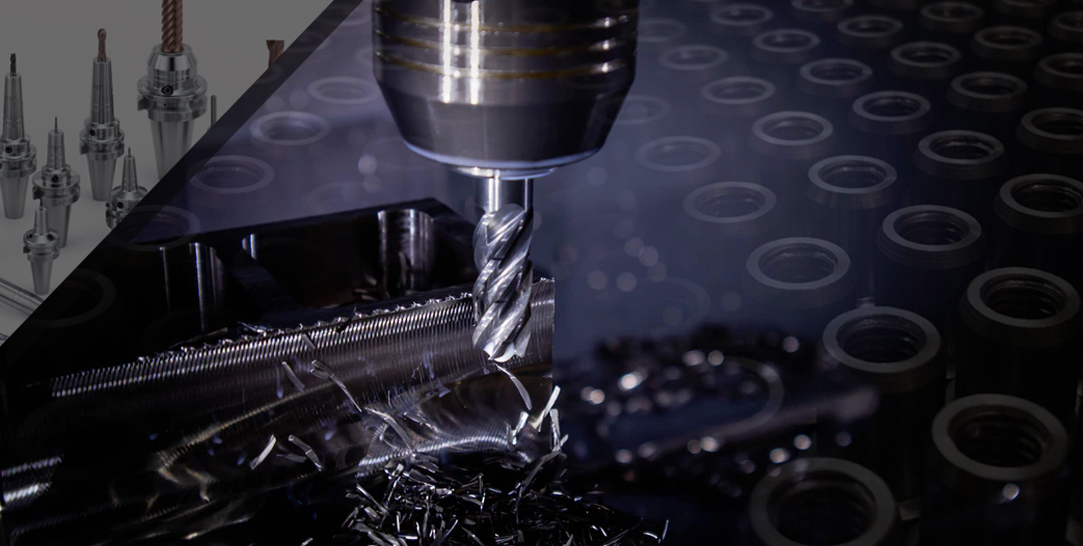Tool Management Case Study
The Customer:
The customer is a well-known manufacturer of impression die hot metal forgings, traditionally converged on serving customers in the Heavy Truck and Off-Highway Vehicle, Light Truck & Automotive, Fluid Control, and Ordnance industries.
They have been in business for more than 150 years with dedicated tool & die design, engineering and production capacities, and equipment. Also, they have a Tool Room for renewing die sets, outsourced die repair, and new die manufacturing. Due to the rigorous character of the process, their tools had been witnessing a lot of wear and degeneration. Efficient and up-to-date preservation and maintenance of tooling are crucial to a fruitful and profitable enterprise and one of their primary demands.
The customer does ship to multiple locations for clients across North America and organizes shipping logistics using carriers selected and paid by customers. Owing to the automotive application, they must maintain heat lot traceability from raw material to shipment.
The Challenge:
The customer had been using the minimal functionality of an archaic and obsolete Windows-based application where only sales order invoicing was posted instantly to the GL. Other financial entries were all conducted through journal entries. There was no regular inventory, and tasks such as shop scheduling supply planning, and critical business functions were done on offline spreadsheets.
The Specific objective is to implement an Enterprise Resource Planning (ERP) system to grow the organization into a successful and well-run manufacturing business.
The Solution:
As our customer is in the manufacturing business, we provided our robust, easy-to-use, well-sustained functionalities Management and Manufacturing Execution System (MES) along with ERP Implementation. This was more than satisfactory and certainly was an enormous step ahead for the company.
Objectives were further defined into goals:
- Improve productivity in manufacturing by optimizing production schedules to minimize downtime caused by material, labor, machine (Press), and tooling.
- Manufacturing Variance Analysis with the actual cost at summary and detail item level to drive better decision-making around targeted quality improvement projects, process improvement, capital investments, and commercial decisions.
- Support future growth in business in terms of scale and complexity.
- Visibility on timely, accurate, and efficiently collated financial performance results along with comprehensive and intuitive analytics to understand organization performance and drivers.
A. Tool Management and Production Scheduling:
Like any other manufacturing business, the customer too needed to make their production schedule plans and offer commitments to customers within the limitations of supply availability, and machine & labor capacity. Additionally, for them, there was the fourth constraint- the availability of tooling.
They maintained several die sets for most items, dies that are continually in need of maintenance due to the vigorous nature of the manufacturing process. Therefore, optimizing the Production Schedule, and giving solid responses and commitments on delivery dates to customers, all while pushing the preferences for Die Repair in the tool room, was key to the successful operation of the business.
Tool Management offered the benefits of providing selective Production Scheduling with the following abilities:
- Extension of Tool Inventory Life with Periodic Maintenance.
- Alternative Tool availability to meet production requirements.
- Servicing & Gradation Schedules with Swift Identification of Tool Location.
- Eradication of Data Entry Typos with Barcodes.
- Safety & Quality Tool Optimization.
- Strengthened Accountability & Direction along with enhanced Performance of Scheduled Tool Calibration.
- Automatic Notification for Service Dues, Overdue Repairs, Maintenance Histories, etc.
- Tool Statistics based on Items Made, Quantity Produced, and Hours Run.
- Employee Compliance on Specific Equipment.
- Meet AS9100 Regulatory requirements.
B. Manufacturing Execution System (MES):
No legacy system meant the standard procedures were not in place. Although integration into an MES was not a short-term goal, the age and condition of some of the manufacturing equipment meant creative solutions when the time came.
The customer implemented a Manufacturing Execution System (MES) coupled with a specific need to have a responsive, efficient, and proven approach to accomplishing a successful implementation in the face of these challenges by streamlined employee training. MES is a solution that best facilitates the customer’s production Data Collection processes; Visual Management Applications drive production activities in the right direction and help the supervisors conduct the labor capacities.
The Benefits:
The customer feels that the Tool Management and MES solutions have significantly impacted their day-to-day operations. One of the most profitable features experienced is the robust functionality of Tool Management. An unmanageable task of finding the right tool and record-keeping is now just a couple of mouse clicks away.
Effective performance enhancement has been one more meaningful advantage of implementing a programmed Tool and Production tracking system (MES).
